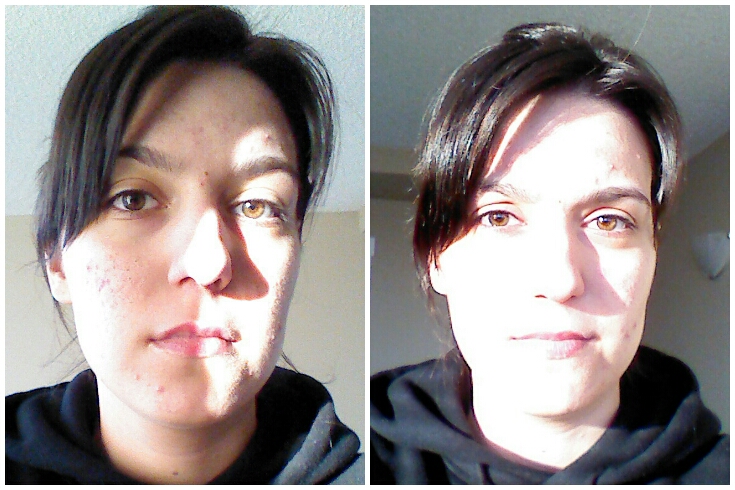In order to answer this question, watch the video below:

When I did the experiment, I counted 14 passes and I noticed the gorilla. I found the gorilla distracting so my attention immediately went to it. Did anyone not see the gorilla?
After having watched the video, I found the study that went along with it and was actually quite intrigued by their results.
The paper started off by defining two key terms: change blindness and inattentional blindness.
Change blindness occurs when a person doesn’t notice large changes to objects or scenes, particularly if those changes are not the main focus of that scene.
Inattentional blindess occurs when a person is not paying enough attention and as a result misses seeing a whole object. The visual input is there but the person does not perceive the object and as a result that visual information does not get stored in their memory.
Inattentional blindness was the focus of the study mentioned above.
The 192 participants were each shown a video, 75 seconds in duration. In the video there were two teams composed of three players. One team wore black shirts and the other team wore white shirts. Each team was passing around a basketball. After about 45 seconds into the video, an unexpected event would occur. The video above is a copy of one of the videos participants were shown.
In total there were four different types of videos, and each participant was shown just one type.
Below is a picture of the four types of videos:
I seem to be very unlucky with technology….
The “Add Media” button refuses to work so I can’t upload a picture. For all those that are interested, you can find it in the paper. Up above, I made the word “study” a link to the paper. If you press on it, it will take you to the paper and to the picture 🙂
The picture in words:
Type 1 = transparent/gorilla
Type 2 = transparent/woman with umbrella
Type 3 = opaque/gorilla
Type 4 = opaque/woman with umbrella
- Transparent conditions mean that the black team, the white team, and the unexpected event were all filmed separately and then superimposed through video editing
- Opaque conditions mean that everything was filmed live/simultaneously
To further complicate things, some participants were given an EASY task and told to only count the total number of passes made by the team they were observing. Others were given a HARD task and had to keep two counts in their head: one for number of bounce passes made and one for number of air passes made by the team they were observing.
RESULTS:
(1) In general, regardless of the video type or task given, 54% of all participants noticed the unexpected event and 46% did not.
(2) Lots of participants noticed the unexpected event during the easy task (64%) but much less noticed during the hard task (45%).
(3) In opaque conditions, 67% noticed the unexpected event, while in transparent conditions only 42% did.
Result (3) makes sense because in the transparent condition the video is much fainter and everything seems to overlap. This probably made it harder for the participants to distinguish between the players and any new stimuli (gorilla/woman with umbrella). Result (2) suggests that the more difficult the task, the more focused the observer, and the less likely they will be paying attention to/percieving anything in the surrounding environment. This seems logical as it often happens to me when I get very absorbed in a book that I am reading or task that I am completing. What surprised me most was that in general just about half of all observers missed seeing the unexpected event (Result (1)). To me, the gorilla was really obvious, but I also didn’t count the correct number of passes so it is possible I wasn’t focused enough.
Dragana Savic


